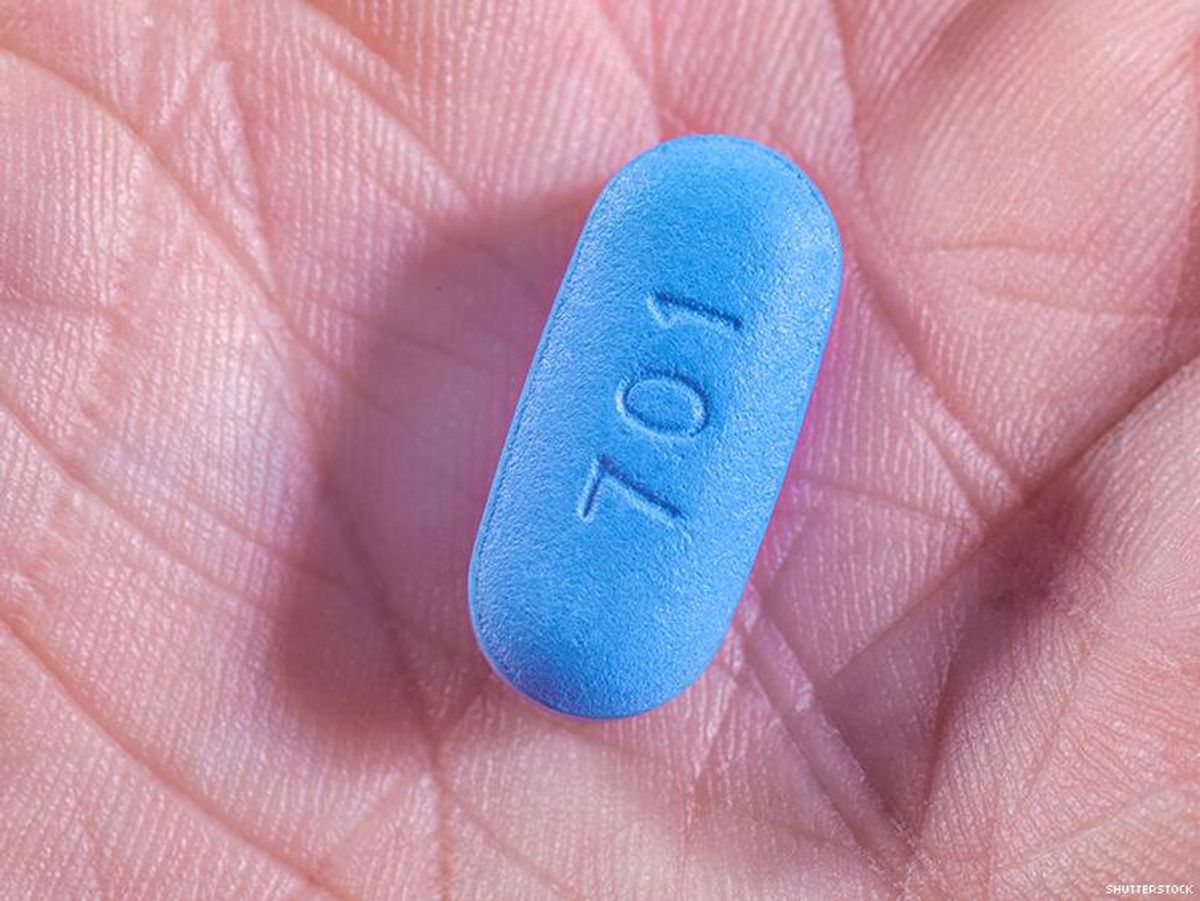The Centers for Disease Control and Prevention has a plan to defeat HIV, and PrEP is a central part of it.
Pre-exposure prophylaxis, a daily treatment that has been shown to be up to 99 percent effective in preventing HIV, has the potential to reduce new infections in the United States by 70 percent, according to a new CDC study presented Wednesday at the Conference on Retroviruses and Opportunistic Infections in Boston.
CDC researchers forecast that 185,000 new infections could be prevented by 2020, if PrEP use and HIV testing and treatment goals are reached. Should PrEP access be expanded among at-risk groups like gay men and African-Americans, it could prevent an additional 17,000 infections.
Jonathan Mermin, director of the National Center for HIV/AIDS, Viral Hepatitis, STD, and Tuberculosis Prevention, said advocates have "the right tools" to meet these goals, but cautions that "we have a long way to go."
"If we expand the use of our current prevention strategies today, we can significantly reduce new HIV infections tomorrow," Mermin stated. "This study confirms that we have the right tools to dramatically reduce new HIV infections, but we have a long way to go in order to make those reductions a reality."
A CDC press release for the study emphasizes the "critical role" PrEP will play in the fight against HIV. It also notes that "expanding PrEP coverage alone could reduce new infections by nearly 20 percent, preventing more than 48,000 new HIV infections."
"We urgently need to close gaps in HIV care and treatment for people living with HIV," added Eugene McCray, the director of the center's Division of HIV/AIDS Prevention. "At the same time, in the short term, we need to rapidly expand access to PrEP and other life-saving prevention tools."
The CDC released findings Tuesday that revealed how half of black gay men will be diagnosed with HIV in their lifetime. In addition, one in four Latino men who have sex with men (MSM) and one in 11 white MSM will also contract the virus in their lifetime.
African-Americans also continue to be the most at-risk racial group -- one in 20 men and one in 48 women will have HIV in their lifetime.
The Advocate series #6in10Men, which cites previous CDC data, outlines how tools like PrEP, access to care, community support, media coverage, and backing of movements like Black Lives Matter can help fight HIV in at-risk communities. Read the entire series here.
For more information on PrEP, revisit The Advocate's GLAAD-Award winning series, 31 Days of PrEP, which examines its benefits, myths about its effects, and why this HIV prevention strategy has not been more widely accepted.



















































































